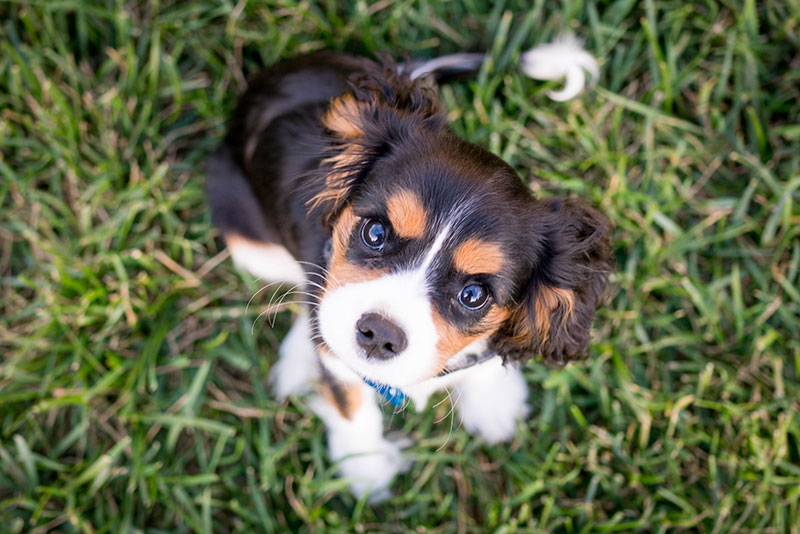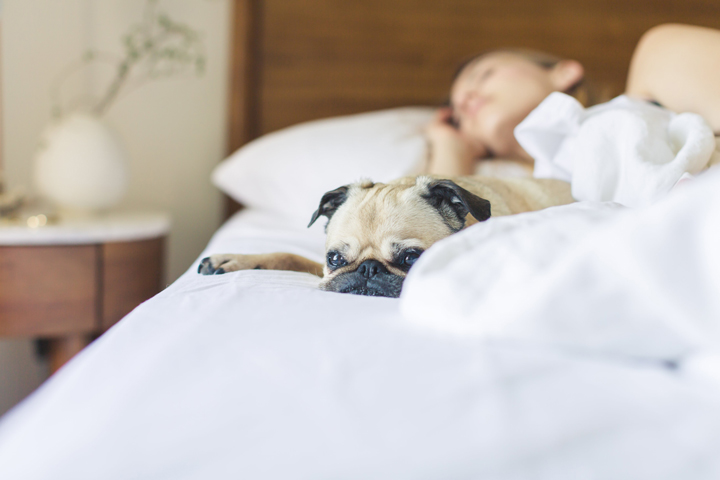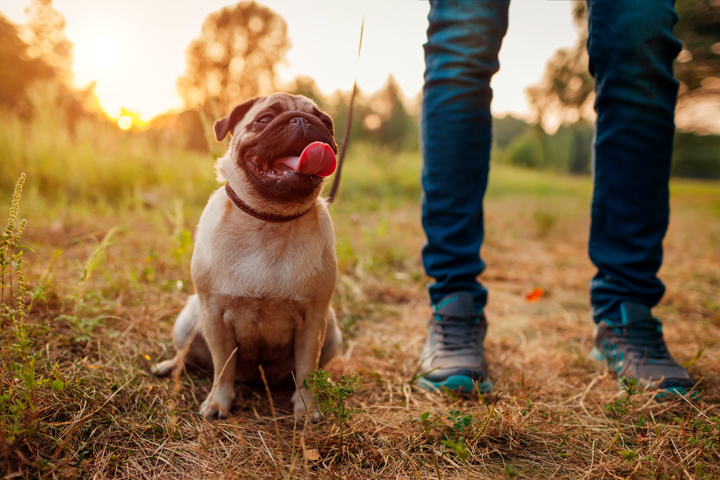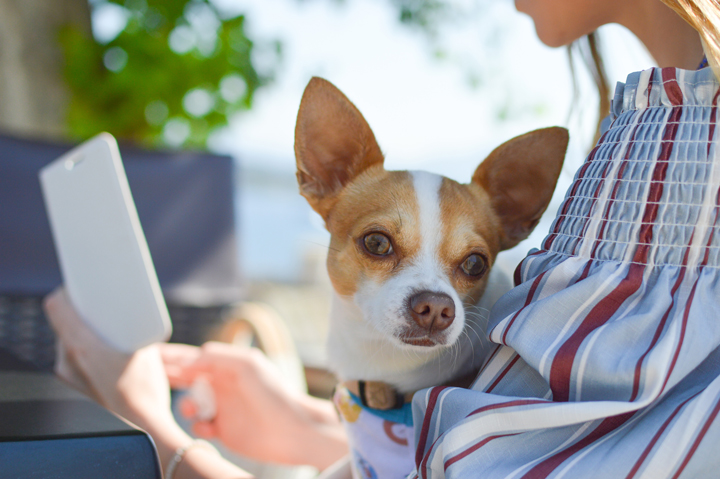Sit, Sit, Sit! A Quick Solution for a Common Problem

Jumping is a problem for most people with dogs. Thankfully, the training to sit solution is simple and quick—with consistency and practice.
Jumping Works
Dogs jump because it works—for them, that is. Jumping gets attention. If the owner looks at, touches, or talks to the dog because he’s jumping, the owner is actually making that behavior stronger, or reinforcing it. Some owners say, “But I tell him ‘NO!’” when he jumps, or they may even step on his back paws, or knee him in the chest—which are not recommended for anyone. And yet, the dog still jumps. That’s because all those solutions are actually rewarding the dog for jumping. He’s getting what he wants—attention. So the solution is simple: stop reinforcing the jumping.
The Jumping Solution
There’s a way to supercharge the situation to get results even faster, and so it’s more clear to the dog what he needs to do. Ignoring the dog when he jumps is half of the solution. The other half-—the most crucial half—involves teaching the dog what to do instead of jumping.
Teaching Sit
Most dogs know how to sit. The key to this solution, though, is to get the dog to sit the first time he’s asked. Here’s the key: ask the dog to sit once. Don’t repeat “sit, sit, sit.” Say it once. Wait for the dog to sit. If he does, give him a click and a treat. If he doesn’t, simply wait some more or walk away for about five seconds. Why is it so important to say it just once? If he’s asked just once, the dog will quickly learn to pay attention to the owner.
Sit for Everything
If the dog is sitting on the first request, begin asking the dog to sit before doing things for him. To cure jumping, it’s helpful if sit is the dog’s default behavior—the behavior he does when he’s not sure what to do or when he wants something. A sitting dog rarely gets in trouble, so this is a great default behavior for a dog. What does this look like? Ask the dog (once) to sit before: clipping the leash on to take him for a walk, opening the door, feeding him his breakfast, tossing the ball, playing tug, inviting him on the couch, reaching out to scratch him behind his ears, or letting him out of his crate. It’s simple: ask the dog to sit before doing something for him or allowing him access to the stuff he likes.
This article was originally published in our Summer 2016 print issue.










Leave a Reply